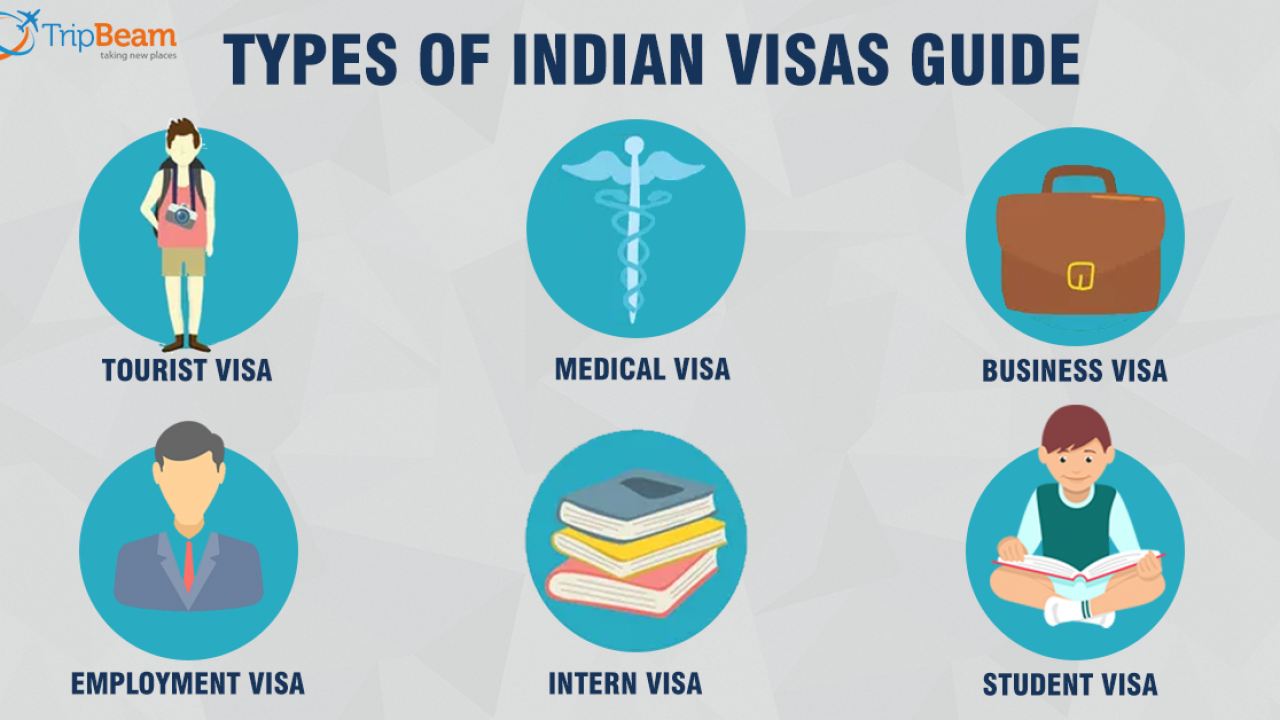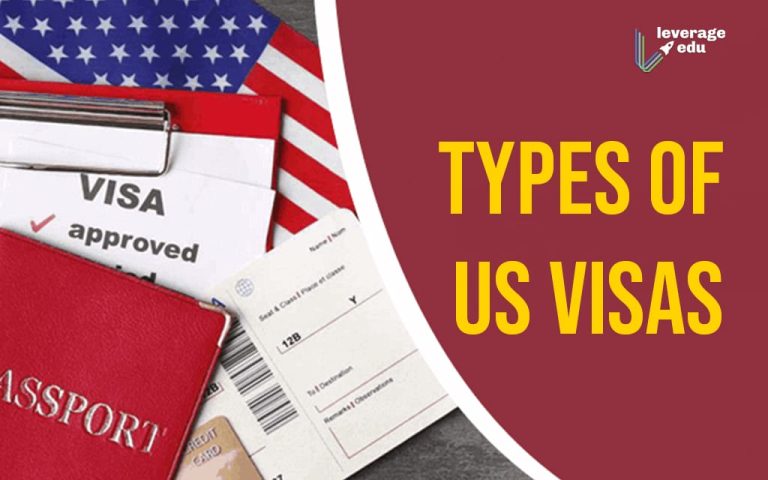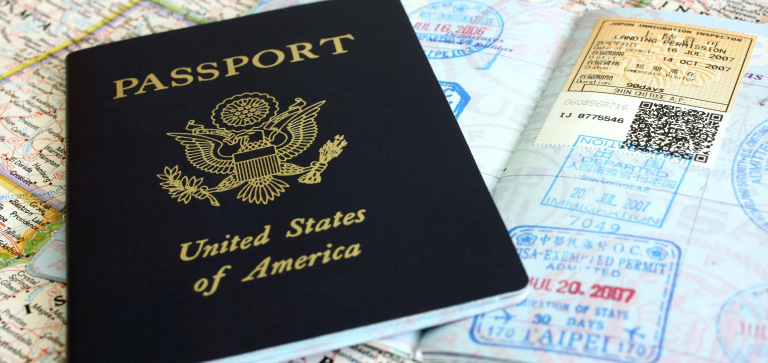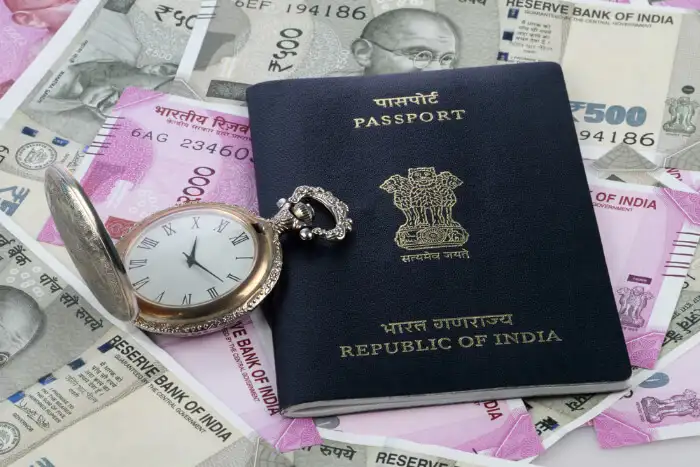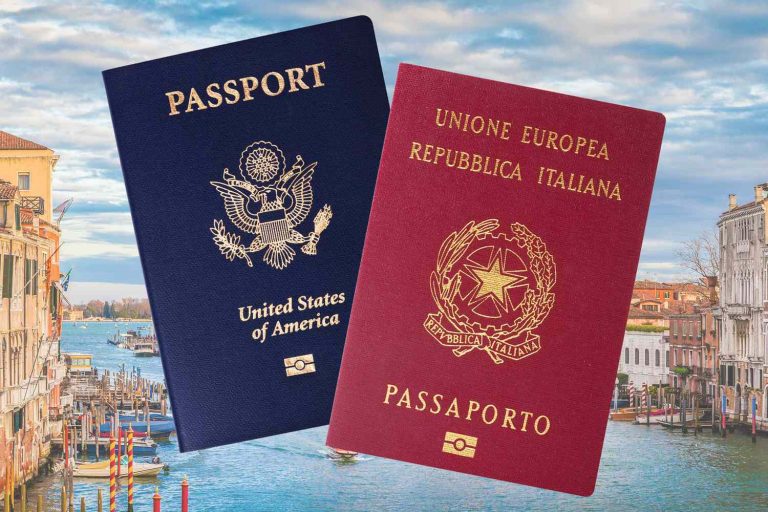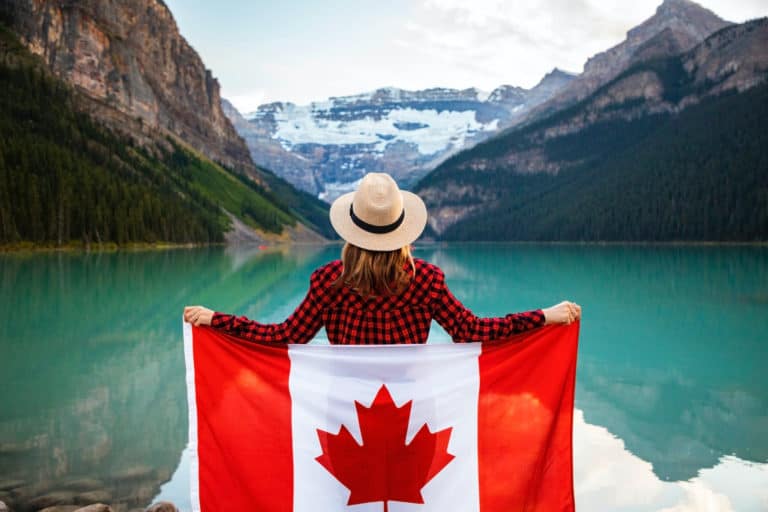Understanding the Different Types of Indian Visa: A Comprehensive Guide
“Welcome to the land of diversity and culture, India! Whether you’re planning a leisurely trip or an official visit, one essential aspect that demands your attention is obtaining the right kind of visa. With various types of Indian visas available for different purposes, it can be overwhelming to choose the appropriate one. Fret not! In this comprehensive guide, we’ve got you covered with all the information you need to know about understanding the different types of Indian visas. So grab a cuppa chai and let’s dive in!” TYPES OF INDIAN VISA
Introduction to Indian Visas
India visa requirements are determined by the purpose of your travel to India. Whether you are going for tourism, business, work, or study, you will need a different type of visa. In this guide, we will introduce the different types of Indian visa so that you can choose the right one for your trip.
Tourist Visa: If you are traveling to India for leisure or business purposes, you will need a tourist visa. This type of visa is valid for up to 6 months and allows multiple entries into the country.
Business Visa: A business visa is required if you are traveling to India for business purposes such as attending meetings or conferences. This type of visa is valid for up to 1 year and allows multiple entries into the country.
Work Visa: A work visa is required if you are traveling to India for employment purposes. The validity of this visa depends on the duration of your employment contract in India.
Student Visa: A student visa is required if you are traveling to India for study purposes. The duration of this visa depends on the length of your course of study in India.
Types of Indian Visas: Tourist, Business, Medical, Student, Employment and Research
There are different types of visas for India depending on the purpose of your visit. Here is a list of the most common types of visas: INDIAN VISA TYPES
- Tourist Visa: A tourist visa allows you to travel to India for leisure or business purposes for up to six months.
- Business Visa: A business visa allows you to travel to India for business purposes for up to one year.
- Medical Visa: A medical visa allows you to travel to India for medical treatment for up to three months.
- Student Visa: A student visa allows you to travel to India for study purposes for up to five years.
- Employment Visa: An employment visa allows you to travel to India for employment purposes for up to two years.
- Research Visa: A research visa allows you to travel to India for research purposes for up to six months.
Requirements for Different Types of Indian Visas
The requirements for each type of Indian visa vary depending on the applicant’s nationality, purpose of travel, and duration of stay.
For business visas, applicants must submit a Letter of Invitation from their sponsor in India, as well as a completed application form and supporting documents. Tourist visas require a completed application form, two recent passport photographs, and proof of onward/return travel. Student visas necessitate an acceptance letter from an educational institution in India, as well as a completed application form and financial documents.
Transit visas are required for those passing through India en route to another destination. The requirements for this type of visa include a confirmed onward ticket and a passport with at least six months remaining validity. Those seeking medical treatment in India must obtain a medical visa, for which they will need to provide proof of admission to an Indian hospital or medical institute, among other documents.
journalists applying for an Indian visa must submit a Letter of Accreditation from their respective news organization, in addition to the standard requirements. Film crews must also submit additional documentation, such as a film shooting schedule and synopsis of the project.
Application Process
The process of applying for an Indian visa can be divided into two main categories: online and offline. The vast majority of applicants will need to apply for their visa online through the official website of the Government of India. However, there are a few exceptions to this rule. For example, residents of Bhutan and Nepal can apply for their visa offline at certain designated locations.
When applying for a visa online, applicants will first need to create an account on the website. Once they have done so, they will be able to fill out the application form and pay the required fees. After the application has been processed, applicants will receive their visa electronically. They will then need to print out this visa and carry it with them when travelling to India.
It is important to note that the Indian government has recently introduced a new rule requiring all visitors from certain countries (including the United States) to obtain an e-visa before travelling to India. This means that applicants will need to complete their application and pay the required fees at least four days in advance of their planned travel date. Those who do not obtain an e-visa before travelling may be refused entry into India.
